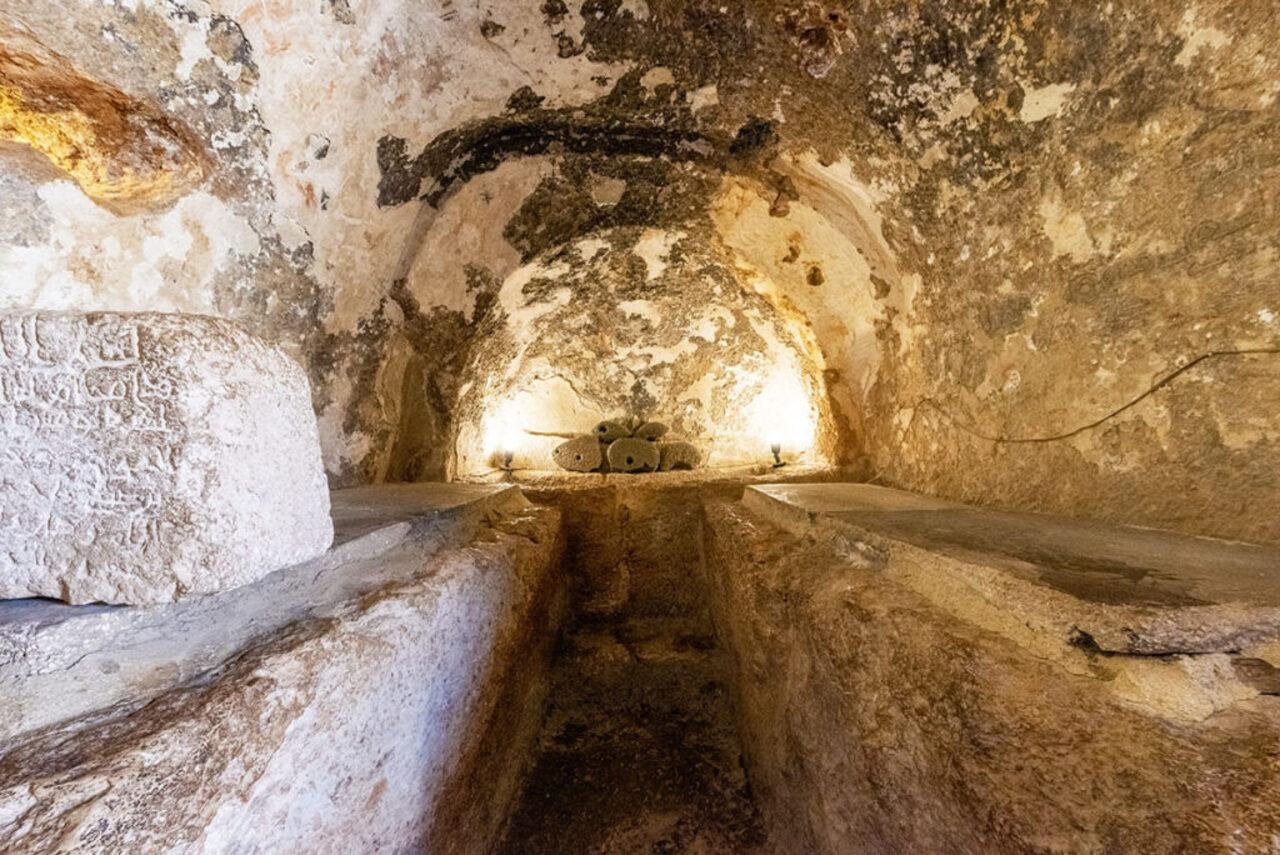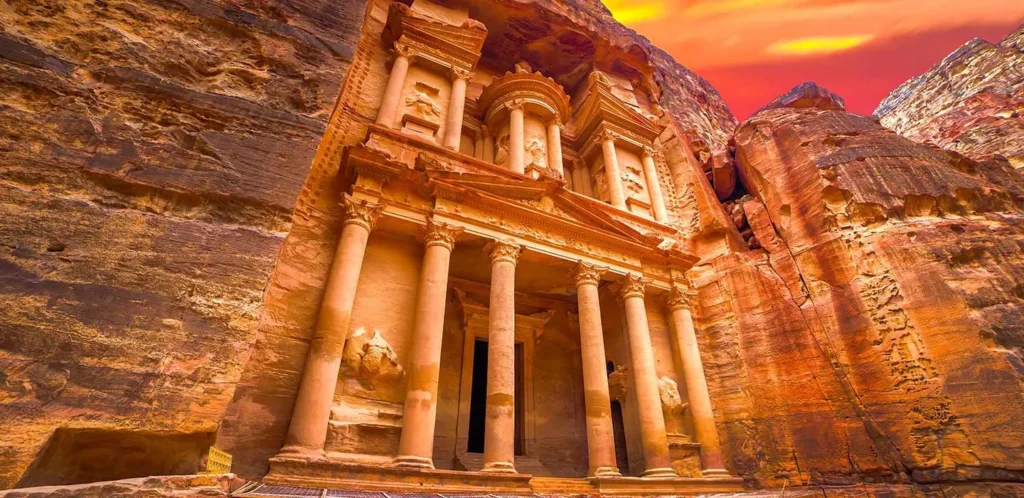- 5
- 2
- 26
- 3
RH VIP SERVICES
Destinations:Little Petra
Little Petra
Little Petra, also known by its Arabic name Siq al-Barid (“the cold canyon”), is a lesser-known but historically significant archaeological site located a short drive north of the main city of Petra in Jordan. While much smaller in scale, it is considered a suburb of Petra and is part of the same UNESCO World Heritage Site.
Here’s what makes Little Petra a worthwhile destination:
Historical Context
Nabataean Origins: Like Petra, Little Petra was carved into the sandstone cliffs by the Nabataeans, an ancient Arab civilization. It is believed to have been established in the 1st century CE, during the peak of Nabataean influence.
Caravanserai: Unlike the tombs and temples of “Big” Petra, Little Petra is thought to have served a different purpose. It was likely a “caravanserai,” a resting and trading post for merchants on the Silk Road and other trade routes. This is why you’ll find numerous tricliniums (dining halls) and storage areas carved into the rock.
What to See
The Siq: The entrance to Little Petra is through a narrow canyon, similar to the famous Siq in Petra but on a much smaller scale. It’s a peaceful and atmospheric walk that leads to the main area of the site.
Tricliniums: These are dining halls where visiting traders would have feasted and conducted business. You can explore the interiors of these rock-cut structures.
The Painted House: This is the most notable attraction in Little Petra. It’s a “biclinium” (a smaller dining area) famous for its beautifully preserved frescoes on the ceiling. These frescoes are a rare example of Nabataean painting, depicting intricate details of vines, flowers, and birds.
Visiting Little Petra
Less Crowded: One of the main appeals of Little Petra is its tranquil atmosphere. It receives far fewer visitors than the main Petra site, allowing for a more intimate and personal experience.
Free Admission: Entry to Little Petra is free, making it a great option for travelers on a budget.
Connection to Petra: Little Petra can be visited as a standalone site, or it can be the starting point for a scenic hike to the Monastery in Petra via the “back door” trail. This route is popular with hikers as it allows you to avoid the main entrance crowds and the 800-plus steps to the Monastery.
Getting There: It’s a short 15-minute drive from the town of Wadi Musa (the gateway to Petra). You can take a taxi, hire a private driver, or use the free shuttle bus that runs between the Petra Visitors Centre and Little Petra.




